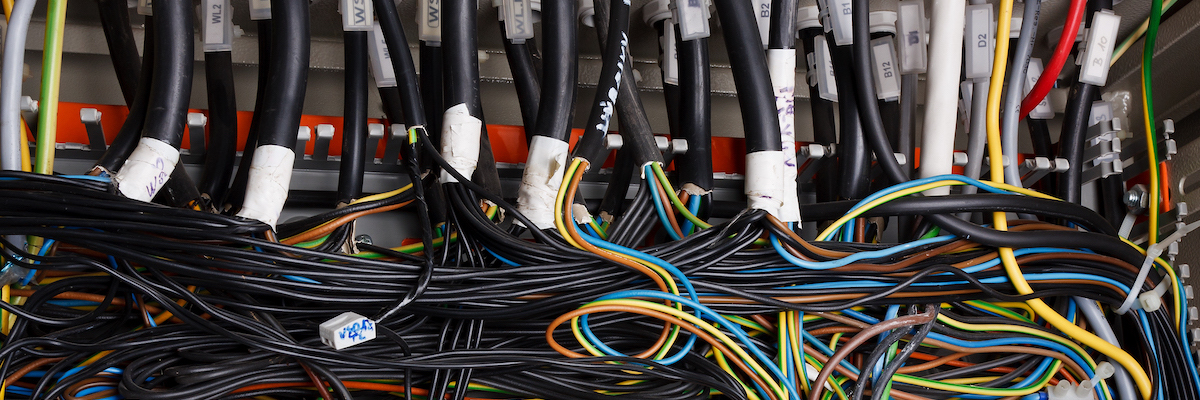What is an In-Line Fuse?

What Does an In-Line Fuse Look Like?
Generally, in-line fuses are comprised of two cables that are connected by a fuse and fuseholder (or fuse box). One cable connects to the positive power supply and the other connects to the device or equipment that you’re supplying power to. Separating the two cables assists in the protection of the circuit or whatever is being supplied. The fuseholder or fuse box protects the fuse and is often watertight.
What Does an In-Line Fuse Do?
Like other types of fuses, the main purpose of an in-line fuse is to protect a piece of electrical or electronic equipment, its circuit in particular. If an electrical device is suddenly overcharged with current, the filament inside the fuse will melt and break the circuit. In-line fuses look a bit different from other types of fuses, but they work pretty similarly. One of the most common uses for in-line fuses is automotive. Starter motors typically draw the highest current of any component in a vehicle. In-line fuses are often used in this context to protect the alternator and are designed to break the circuit if it becomes overloaded.
Replacing an In-Line Fuse
When you need to replace an in-line fuse, you’ll have to unscrew the two connecting halves, then break the fuseholder or fuse box into two sections. Once you’ve gotten the two halves separate, you can replace the old fuse with a new one. Our team would be more than happy to give you the advice you need to manage your business’s needs the right way.
Fuses vs. Circuit Breakers
Fuses and circuit breakers serve essentially the same purpose. That is, these components exist to prevent over-current situations that might pose a safety hazard. Even though people often confuse the two, they’re not the same. Like we said above when answering “What is an in-line fuse?” fuses are replaceable. The filament inside the fuse’s cartridge will melt in over-current situations and stop the circuit. Circuit breakers are, in a sense, a fuse that you can reset. When the load of a circuit surpasses the load of a breaker, the breaker uses a bimetal strip or solenoid to trip the switch and stop any damage from happening. Once they’ve been tripped, breakers are easily reset and don’t have to be replaced. If you’re looking for anything else that will help your automotive, industrial, or other project, the team at Gateway Cable Company would be more than happy to offer you everything you need to get the job done on your terms.
Find In-Line Fuse Assemblies at Gateway Cable Company
When you’re looking for the answer to “What is an in-line fuse?” or the answer to any other question your business might have, you know who to turn to. Gateway Cable Company is the team to beat when it comes to in-line fuse assemblies, starter cables, and more. Our knowledgeable team is ready to get you the component for your organization, no matter what line of work you’re involved in. We’re experts in all things electrical and electronic components! If you’ve got your sights set on a specific product, request a quote online and we’ll get in contact with you via phone, email, or fax.
